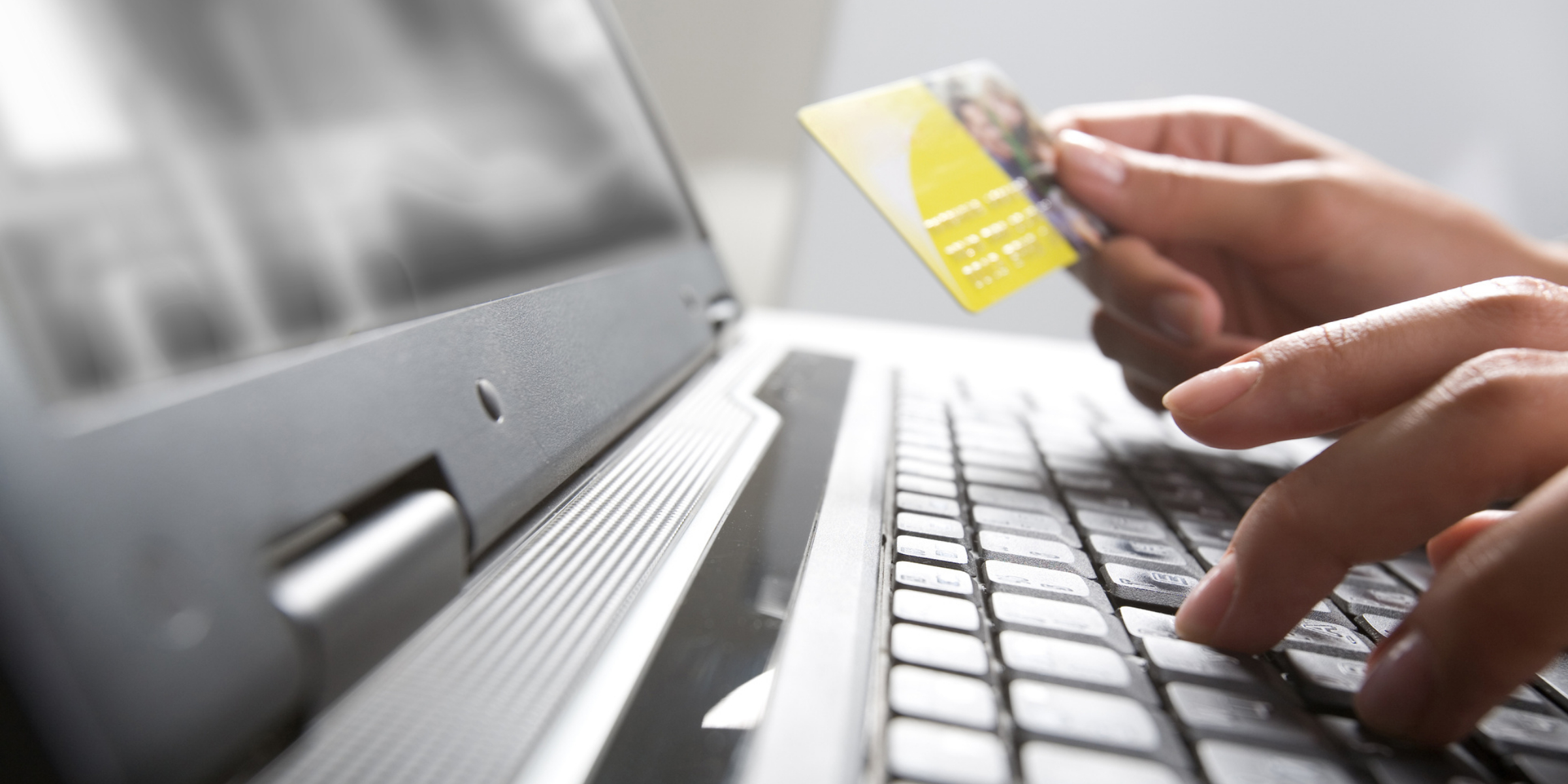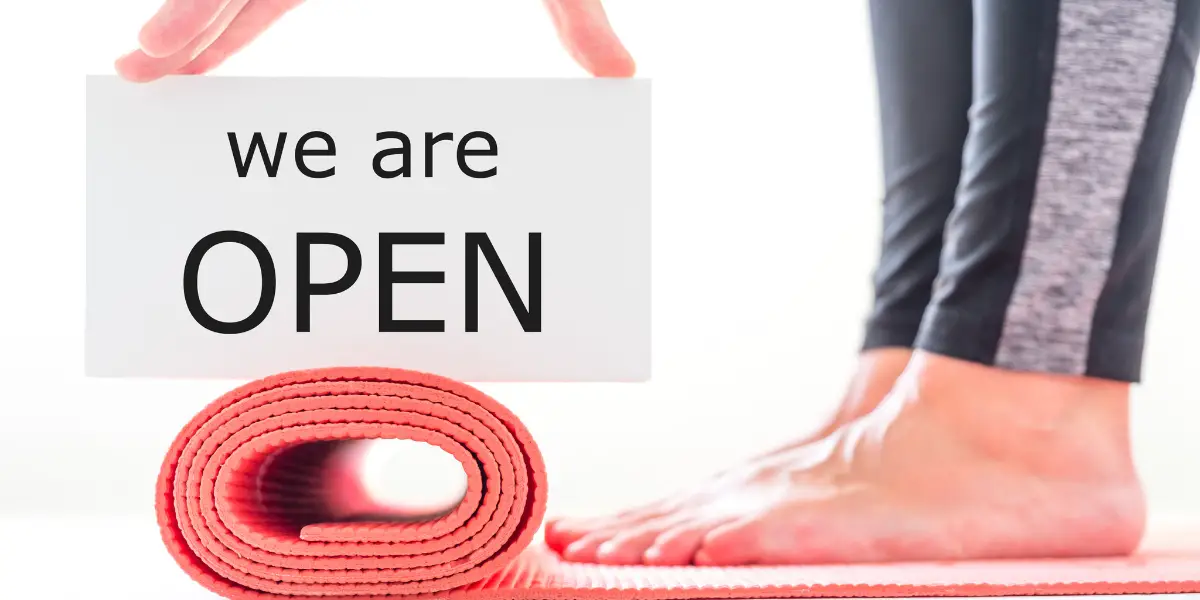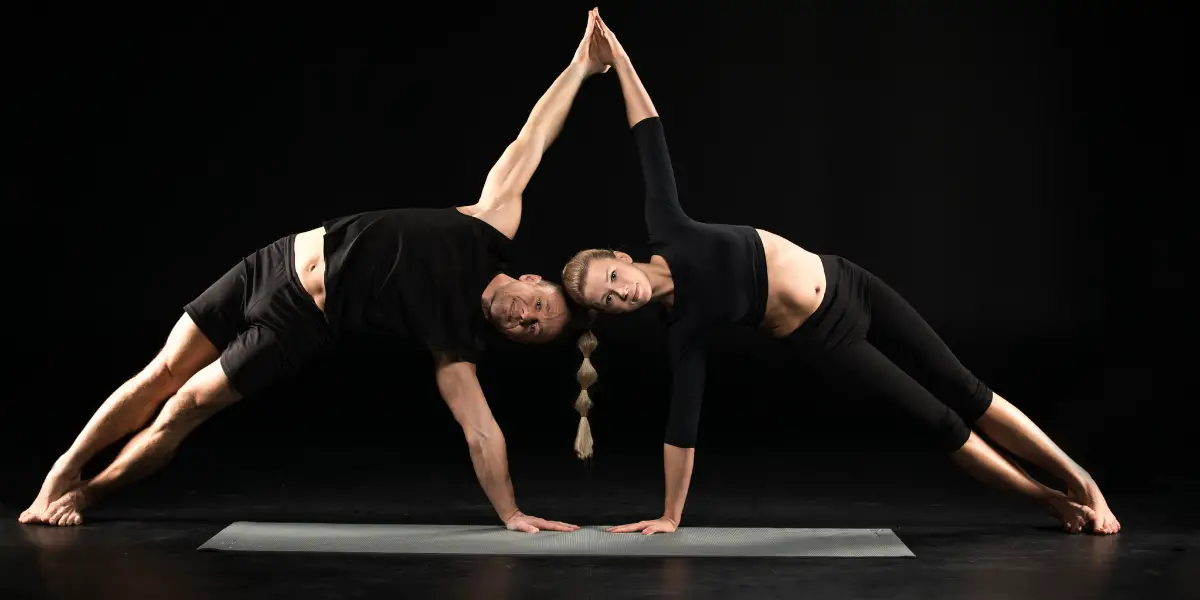Embarking on a Pilates journey can be invigorating for the soul and kind to the wallet, especially when considering pre-owned equipment. However, diving into used Pilates gear requires a discerning eye and some insider know-how.
Whether you’re setting up a home studio or just looking for that one perfect piece, this article will guide you through the essential tips to ensure you make a safe and valuable purchase.
Assessing the Condition: Spotting Wear and Tear
Purchasing used Pilates equipment can be a cost-effective solution, but ensuring it’s in good shape is crucial for both safety and efficiency. Here’s how to assess the condition and spot signs of wear and tear:
- Visual Inspection: Begin with a thorough visual inspection of the equipment. Look for visible cracks, rust, or any signs of damage on the frame. The upholstery should be free of rips and excessive wear. Discolorations indicate old sweat stains or mold.
- Moving Parts: For equipment like reformers or chairs, test all moving parts to ensure smooth operation. Resistance springs should offer consistent tension. If there’s any jerkiness or uneven resistance, it could indicate wear or damage.
- Check the Springs: Springs are integral to many Pilates machines. Examine them for any signs of overstretching, rust, or breakage. Replacing springs can be costly, so factor this into your decision.
- Stability: Ensure that the equipment is stable when placed on the ground. Wobbly or uneven machines can be a safety hazard and might indicate structural issues.
- Odor Test: Though it might sound strange, give the equipment a sniff. A musty or moldy smell could indicate that the equipment was stored in damp conditions, compromising its integrity over time.
- Accessories and Attachments: If the equipment comes with any accessories or attachments, inspect these as well. Bands should be elastic without any cracks or fraying, and loops or handles should be secure without any tears.
Remember, while some cosmetic imperfections can be overlooked, any signs of damage that could compromise the safety or functionality of the equipment should be taken seriously. It might be tempting to opt for a super deal, but if the condition is questionable, it’s often worth investing more for peace of mind.
Safety First: Key Features to Check Before Buying
Safety should always be a top priority when purchasing exercise equipment, and used Pilates gear is no exception. Here are some critical safety features and checks to consider before finalizing your purchase:
- Sturdy Frame and Build: Regardless of the type of equipment—whether it’s a reformer, Cadillac, or Wunda chair—the frame should be robust and without any bending or warping. A compromised frame can lead to accidents during exercises.
- Secure Foot and Hand Straps: Straps should be intact without any fraying, and attachments should be secure. This is vital, as a sudden snap during a workout can cause injury.
- Non-slip Surfaces: Check that the carriage, foot bars, and other surfaces where you’ll place your hands or feet are not overly worn out or slippery. They should provide a firm grip to prevent slipping during exercises.
- Pulley System: If the equipment uses a pulley system, ensure the pulleys run smoothly without any obstruction. The cables should be free from frays or signs of wear.
- Locking Mechanisms: Equipment like reformers often come with adjustable parts. Ensure that these parts lock securely to avoid sudden shifts during your routine.
- Inspect Safety Clips: Some Pilates equipment has safety clips or pins. These should be present, functional, and not showing signs of wear.
- Padding and Cushioning: Ensure that the padding on the equipment isn’t too worn out. Thin or worn-out padding can make exercises uncomfortable and may not provide the necessary support.
- Check for Recalls: Before purchasing, do a quick online check to see if the specific model or brand has had any recalls due to safety concerns in the past.
- Ask for a Test Run: Request the seller to let you test the equipment. This will give you a hands-on feel for any issues that might not be immediately visible.
Investing in used Pilates equipment is a smart choice, but never at the expense of safety. By thoroughly inspecting these key features, you can ensure that you’re making a purchase that will support and enhance your fitness journey safely.
Authenticity Matters: How to Verify Genuine Brands and Models
In the world of fitness equipment, as with many other industries, counterfeits and knock-offs abound. It’s essential, especially when buying used items, to ensure you get a genuine product and not a substandard imitation. Here’s how to ascertain the authenticity of Pilates equipment brands and models:
- Know the Brand’s Distinct Features: Every reputable brand will have distinct features or trademarks that set their products apart. Whether it’s a unique design, logo placement, or specific components, familiarize yourself with these characteristics. Visit the brand’s official website or stores to get a firsthand look at their products.
- Serial Numbers and Product Codes: Many top brands have serial numbers or product codes on their equipment. You can note down these numbers and verify them on the manufacturer’s website or by contacting their customer service. Authentic products will typically have a traceable and verifiable history.
- Quality of Materials: Genuine equipment, especially from reputed brands, is often made of high-quality, durable materials. Counterfeit or knock-off products may cut corners, resulting in a flimsier build, inferior materials, or shoddy artistry. If something feels off or doesn’t match the quality you’d expect from a particular brand, be wary.
- Check Documentation: If the seller has original purchase receipts, manuals, or warranty cards, these can be a good indication of authenticity. However, check the details carefully, as even paperwork can be forged.
- Ask for Provenance: If buying from a private seller, inquire about the equipment’s history. Where did they buy it? When? Was it ever serviced or repaired? Genuine sellers usually have a clear story and might even share why they sell the equipment.
- Beware of ‘Too Good to Be True’ Deals: While everyone loves a great deal, prices that seem too good to be true should raise a red flag. Extremely low prices can be indicative of counterfeit products, especially if the seller is unable to provide a clear reason for such a discount.
- Online Verification Tools: Some brands offer online tools or apps where you can check the authenticity of a product by entering details or codes. Take advantage of these if they’re available.
- Seek Expert Opinion: If you’re uncertain, consider seeking the opinion of a Pilates instructor or a professional from a fitness store. They can guide you based on their experience with various equipment and brands.
Ensuring the authenticity of the Pilates equipment not only guarantees that you’re getting value for your money but also ensures the safety and efficacy of your workouts. Always prioritize genuine products to make the most of your Pilates journey.
Sources:
https://align-pilates.com/buying-second-hand-pilates-apparatus/
https://www.verywellfit.com/should-i-buy-used-fitness-equipment-3120237
https://polestarpilates.co.uk/2022/01/01/what-pilates-equipment-do-i-need-to-start-teaching




